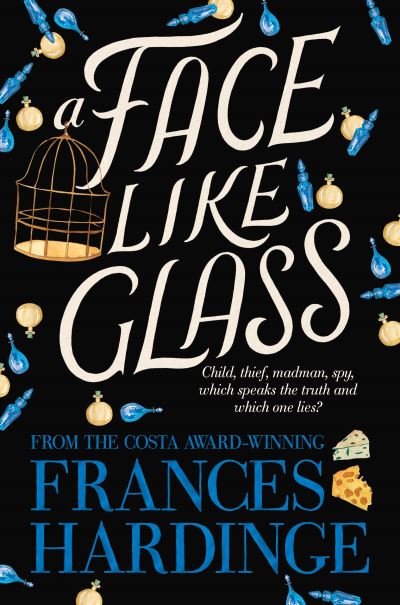
This type of surly preteen rebel usually makes for a highly unreliable narrator - not because she’s deliberately keeping things from us, but because there’s just so much she doesn’t know about the larger workings of the fantastical world she’s in. Best of all, they’re usually told through the viewpoint of the best sort of protagonist - an angry, obstinate girl. Hardinge’s novels are really about societies wrestling with huge questions of politics, rebellion, and social change. The magical elements don’t announce themselves - rather, they thread through the background, deepening the landscapes of stories that feel very familiar. Hardinge’s fantasies, however, are sophisticated, intelligent, and wildly original, and many adults as well as children love them. But outside of Britain, Hardinge is still rather obscure, maybe because most people still equate children’s fantasy with the behemoth Harry Potter and nothing more. She’s roundly praised for her lush writing style, unique story ideas, meticulous world-building, and, perhaps most of all, her irascible, addictive heroines.

Since publishing her debut novel in 2005, Hardinge has received wide acclaim in her native country. It’s a strange, surreal story with a wild child at its center - and like all of Hardinge’s novels, it’s a little wild itself.

The more she learns about her mysterious surroundings, the more she realizes that it may be up to her to wake up an entire civilization - for, as one character warns her, “It is dangerous to lock oneself away and lose track of what is happening outside.”


In it, a girl with a dangerous ability explores a cavernous underground world without exit routes, filled with people wearing masks. There’s no better time than the surreal moment we’re living in to sample the works of one of my favorite writers, British children’s author Frances Hardinge - and particularly her eerily on-point 2012 novel A Face Like Glass.


 0 kommentar(er)
0 kommentar(er)
